Are you planning a trip and craving the familiar taste of home? Making dry poha for travel is a fantastic solution! SIXT.VN is here to guide you through creating this convenient and delicious travel snack, perfect for your adventures in Vietnam or anywhere else. With our easy tips and tricks, you’ll have a taste of India wherever you go. Planning your culinary adventures just got easier.
1. Understanding the Appeal of Dry Poha for Travel
Why is dry poha such a hit among travelers? It’s all about convenience, taste, and portability. Poha, or flattened rice, is a staple in Indian cuisine, known for its light and fluffy texture when cooked. Transforming it into a dry, travel-friendly snack means you can enjoy a quick, satisfying meal anytime, anywhere.
- Convenience: No cooking required, just add hot water!
- Taste: Familiar and comforting flavors of home.
- Portability: Lightweight and easy to pack.
- Customizable: You can adjust the spices and ingredients to your liking.
- Nutritious: Poha is a good source of carbohydrates, iron, and fiber.
Dry poha is an excellent option for those long journeys where you might not have access to restaurants or your favorite meals. It’s also a great way to save money on expensive airport or tourist spot food.
2. Key Considerations Before Making Dry Poha
Before diving into the recipe, it’s essential to consider a few factors to ensure your dry poha is perfect for travel.
2.1. Choosing the Right Type of Poha
The type of poha you choose significantly impacts the final product. There are three main types:
- Thick Poha: Best for making dry poha as it holds its shape and doesn’t become mushy easily.
- Medium Poha: Can be used, but requires careful handling to avoid a sticky consistency.
- Thin Poha: Not recommended as it tends to disintegrate when rehydrated.
2.2. Ensuring Freshness and Shelf Life
To maximize the shelf life of your dry poha, make sure all ingredients are fresh and dry. Any moisture can lead to spoilage, especially during travel.
- Check Expiry Dates: Ensure all ingredients are within their shelf life.
- Dry Roasting: Properly dry roast all ingredients to remove moisture.
- Airtight Containers: Store the final mix in airtight containers or ziplock bags.
2.3. Adapting the Recipe for Travel Conditions
Consider the conditions you’ll be traveling in. If you’re going to a humid climate, extra care should be taken to remove moisture from the ingredients. If you prefer a spicier meal, adjust the spices accordingly.
- Climate: Adjust drying times based on humidity levels.
- Spice Preferences: Add more or less chili powder, garam masala, or other spices to suit your taste.
- Dietary Needs: Customize the recipe to accommodate dietary restrictions such as gluten intolerance or nut allergies.
3. Essential Ingredients for Dry Poha
Here’s a list of essential ingredients you’ll need to make delicious and travel-friendly dry poha.
| Ingredient | Quantity | Purpose |
|---|---|---|
| Thick Poha | 2 cups | Main ingredient, provides carbohydrates |
| Oil | 2 tablespoons | For roasting and adding flavor |
| Mustard Seeds | 1 teaspoon | Adds a nutty and slightly pungent flavor |
| Cumin Seeds (Jeera) | 1 teaspoon | Adds an earthy and warm flavor |
| Urad Dal (Split Black Lentils) | 1 teaspoon | Adds a crunchy texture and nutty flavor |
| Curry Leaves | 10-12 | Adds a unique aroma and flavor |
| Peanuts | ¼ cup | Adds a crunchy texture and nutty flavor |
| Cashews | ¼ cup | Adds richness and a creamy texture |
| Onion (Finely Chopped) | ½ cup | Adds sweetness and depth of flavor |
| Green Chilies | 1-2 | Adds heat (adjust to your preference) |
| Ginger (Grated) | 1 teaspoon | Adds a warm and spicy flavor |
| Turmeric Powder | ½ teaspoon | Adds color and anti-inflammatory properties |
| Asafoetida (Hing) | Pinch | Adds a unique and pungent flavor |
| Sugar | 1 teaspoon | Balances the flavors |
| Salt | To taste | Enhances the flavors |
| Dry Mango Powder (Amchur) | ½ teaspoon | Adds a tangy flavor |
| Coriander Leaves | 2 tablespoons | Adds freshness and flavor |
You can easily find these ingredients at local grocery stores or Indian supermarkets. Ensure they are fresh to get the best flavor and extend the shelf life of your dry poha.
4. Step-by-Step Guide to Making Dry Poha for Travel
Follow these detailed steps to create your perfect batch of dry poha for travel.
4.1. Preparing the Poha
- Cleaning the Poha: Gently rinse the thick poha under running water for a few seconds to remove any dust or impurities. Be careful not to soak it for too long, as it can become mushy.
- Drying the Poha: Spread the rinsed poha on a clean kitchen towel or a large plate and let it air dry for about 30-45 minutes. This step is crucial to remove excess moisture.
4.2. Roasting the Spices and Ingredients
- Dry Roasting: In a large pan or kadai, dry roast the mustard seeds, cumin seeds, urad dal, and curry leaves until they release their aroma and the mustard seeds start to splutter.
- Adding Peanuts and Cashews: Add the peanuts and cashews to the pan and roast them until they turn golden brown. Remove them from the pan and set aside.
4.3. Sautéing the Vegetables
- Sautéing Onions: In the same pan, add a tablespoon of oil and sauté the finely chopped onions until they turn translucent and slightly golden.
- Adding Green Chilies and Ginger: Add the chopped green chilies and grated ginger to the pan and sauté for another minute until the raw smell disappears.
4.4. Combining and Seasoning
- Adding Turmeric and Asafoetida: Add turmeric powder and a pinch of asafoetida to the pan and sauté for a few seconds.
- Mixing All Ingredients: Add the dried poha, roasted nuts, and sautéed vegetables to the pan. Mix everything well, ensuring the poha is evenly coated with the spices and oil.
- Roasting the Mixture: Roast the entire mixture on low heat for about 15-20 minutes, stirring frequently to prevent burning. The poha should become crisp and slightly golden.
- Cooling and Seasoning: Remove the pan from the heat and let the mixture cool completely. Once cooled, add sugar, salt, dry mango powder (amchur), and chopped coriander leaves. Mix well.
4.5. Storage
- Airtight Containers: Transfer the dry poha mixture to airtight containers or ziplock bags.
- Proper Sealing: Ensure the containers are properly sealed to prevent moisture from entering.
- Storage Conditions: Store the dry poha in a cool, dry place away from direct sunlight.
5. Tips for Enhancing the Flavor of Your Dry Poha
Want to take your dry poha to the next level? Here are some tips to enhance its flavor.
5.1. Adding Unique Spice Blends
Experiment with different spice blends to create unique flavor profiles.
- Garam Masala: Adds warmth and complexity.
- Chaat Masala: Adds a tangy and spicy kick.
- Pav Bhaji Masala: Adds a unique and savory flavor.
5.2. Incorporating Dried Fruits and Nuts
Adding dried fruits and nuts can enhance the texture and nutritional value of your dry poha.
- Raisins: Add sweetness and chewiness.
- Dried Cranberries: Add a tangy twist.
- Almonds: Add a crunchy texture and nutty flavor.
5.3. Infusing with Herbal Flavors
Infuse your dry poha with herbal flavors for a refreshing twist.
- Dried Mint: Adds a cooling effect.
- Dried Fenugreek Leaves (Kasuri Methi): Adds a slightly bitter and aromatic flavor.
- Dried Curry Leaves: Enhances the traditional flavor.
6. Packing and Storing Your Dry Poha for Travel
Proper packing and storage are crucial to maintaining the quality and freshness of your dry poha during travel.
6.1. Choosing the Right Containers
Select containers that are airtight and lightweight for easy packing.
- Airtight Plastic Containers: Durable and reusable.
- Ziplock Bags: Lightweight and space-saving.
- Vacuum-Sealed Bags: Best for long trips as they remove all air.
6.2. Labeling and Dating Your Containers
Labeling your containers with the date of preparation helps you keep track of the freshness.
- Use Permanent Markers: Write the date and contents clearly.
- Include Allergy Information: If applicable, mention any potential allergens.
6.3. Optimal Storage Conditions During Travel
Store your dry poha in a cool, dry place away from direct sunlight.
- Avoid Heat: Keep it away from heat sources like car dashboards.
- Prevent Moisture: Store in a dry bag if traveling in humid conditions.
7. Rehydrating Your Dry Poha on the Go
Rehydrating dry poha is simple and quick, making it perfect for travel.
7.1. Methods for Rehydrating
- Hot Water: The most common method. Add hot water to the dry poha, mix well, and let it sit for 5-10 minutes until the poha softens.
- Warm Milk: For a richer and creamier taste, use warm milk instead of water.
- Broth: For added flavor and nutrients, use warm vegetable or chicken broth.
7.2. Tips for Achieving the Perfect Consistency
- Water to Poha Ratio: Use just enough water to cover the poha. Avoid adding too much water, as it can become mushy.
- Stirring: Stir the mixture well to ensure all the poha is evenly hydrated.
- Resting Time: Let the mixture rest for the recommended time to allow the poha to fully absorb the liquid.
7.3. On-the-Go Rehydration Techniques
- Insulated Flask: Carry hot water in an insulated flask to rehydrate your poha anytime, anywhere.
- Travel Kettle: Use a travel kettle to heat water in your hotel room or at designated rest stops.
8. Addressing Common Issues When Making Dry Poha
Even with the best instructions, you might encounter some issues. Here’s how to troubleshoot them.
8.1. Poha Becoming Mushy
- Cause: Over-soaking or using thin poha.
- Solution: Use thick poha and avoid soaking it for too long. Use just enough water to cover the poha.
8.2. Poha Not Softening Enough
- Cause: Not enough water or insufficient resting time.
- Solution: Add a little more hot water and let it rest for a few more minutes.
8.3. Dry Poha Losing Flavor
- Cause: Improper storage or using old ingredients.
- Solution: Store in airtight containers and use fresh ingredients.
9. Health Benefits of Poha for Travelers
Poha isn’t just convenient and tasty; it’s also packed with health benefits.
9.1. Nutritional Value of Poha
- Carbohydrates: Provides energy for travel.
- Iron: Helps prevent fatigue.
- Fiber: Aids digestion.
- Low in Fat: A healthy snack option.
9.2. Why Poha is a Good Choice for Travel
- Easy to Digest: Gentle on the stomach.
- Gluten-Free: Suitable for those with gluten intolerance.
- Versatile: Can be customized with various ingredients to meet dietary needs.
9.3. Addressing Dietary Restrictions
- Gluten-Free: Ensure all ingredients are gluten-free.
- Nut Allergies: Omit nuts or substitute with seeds.
- Vegan: Use plant-based oil and avoid dairy-based ingredients.
10. Exploring Vietnam with SIXT.VN: Complementing Your Culinary Adventures
While enjoying your homemade dry poha, why not explore the beauty of Vietnam with SIXT.VN? We offer a range of services to make your travel experience seamless and enjoyable.
10.1. SIXT.VN Services for Travelers in Vietnam
- Airport Transfers: Start your trip stress-free with our reliable airport transfer services.
- Hotel Booking: Choose from a wide selection of hotels to suit your budget and preferences.
- Sightseeing Tours: Discover the best of Vietnam with our guided tours.
- Flight Booking: Book your flights easily and conveniently through our platform.
10.2. Popular Destinations in Vietnam
- Hanoi: Explore the vibrant capital city with its rich history and culture.
- Ho Chi Minh City: Experience the bustling metropolis with its modern attractions and historical sites.
- Ha Long Bay: Cruise through the stunning bay with its emerald waters and towering limestone islands.
- Da Nang: Relax on the beautiful beaches and explore the nearby Marble Mountains.
- Hoi An: Wander through the charming ancient town with its colorful lanterns and tailor shops.
10.3. How SIXT.VN Enhances Your Travel Experience
- Convenience: Book all your travel needs in one place.
- Reliability: Trustworthy and professional services.
- Support: Dedicated customer support to assist you throughout your journey.
11. Variations of Dry Poha Recipes for Different Tastes
Spice up your dry poha with these delicious variations.
11.1. Sweet Poha
Ingredients:
- 2 cups thick poha
- ½ cup grated coconut
- ¼ cup sugar
- ¼ teaspoon cardamom powder
- ¼ cup chopped nuts (almonds, cashews)
- 2 tablespoons ghee
Instructions:
- Rinse and dry the poha as described earlier.
- Heat ghee in a pan, add the dried poha, and roast for 10-15 minutes until crisp.
- Add grated coconut, sugar, and cardamom powder. Mix well and cook for another 5 minutes until the sugar melts.
- Garnish with chopped nuts and let it cool before storing.
11.2. Spicy Poha
Ingredients:
- 2 cups thick poha
- 2 tablespoons oil
- 1 teaspoon mustard seeds
- 1 teaspoon cumin seeds
- 1-2 green chilies, chopped
- ½ cup chopped onions
- ½ teaspoon turmeric powder
- 1 teaspoon red chili powder
- ½ teaspoon garam masala
- Salt to taste
- 2 tablespoons chopped coriander leaves
Instructions:
- Rinse and dry the poha as described earlier.
- Heat oil in a pan, add mustard seeds and cumin seeds. Once they splutter, add green chilies and onions.
- Sauté until the onions turn golden brown. Add turmeric powder, red chili powder, and garam masala.
- Mix well and add the dried poha. Roast for 15-20 minutes until crisp.
- Add salt and coriander leaves. Let it cool before storing.
11.3. Tangy Poha
Ingredients:
- 2 cups thick poha
- 2 tablespoons oil
- 1 teaspoon mustard seeds
- 1 teaspoon cumin seeds
- ½ cup chopped onions
- 1 teaspoon ginger-garlic paste
- ½ teaspoon turmeric powder
- 1 teaspoon amchur powder
- 1 tablespoon lemon juice
- Salt to taste
- 2 tablespoons chopped coriander leaves
Instructions:
- Rinse and dry the poha as described earlier.
- Heat oil in a pan, add mustard seeds and cumin seeds. Once they splutter, add onions and ginger-garlic paste.
- Sauté until the onions turn golden brown. Add turmeric powder and amchur powder.
- Mix well and add the dried poha. Roast for 15-20 minutes until crisp.
- Add salt, lemon juice, and coriander leaves. Let it cool before storing.
12. Dry Poha Around the World: A Global Snack Option
While poha is traditionally an Indian dish, its versatility makes it a great snack option for travelers around the world.
12.1. Poha in Different Cuisines
- Southeast Asia: Similar dishes using flattened rice can be found in countries like Thailand and Myanmar.
- South America: Some regions use toasted rice as a snack or ingredient in local dishes.
- Africa: In certain African countries, similar grains are used to make portable snacks.
12.2. Adapting Poha to Local Tastes
When traveling, consider adapting your dry poha to local tastes by adding regional spices and ingredients.
- Vietnam: Add a touch of fish sauce or chili paste for a local twist.
- Thailand: Add lemongrass, galangal, or kaffir lime leaves for an authentic Thai flavor.
- Mexico: Add chili powder, cumin, and a squeeze of lime for a Mexican-inspired snack.
12.3. Sharing Poha with Locals: A Cultural Exchange
Sharing your homemade dry poha with locals can be a great way to connect and learn about their culture.
- Offer a Taste: Let them try your poha and explain the ingredients and preparation method.
- Ask for Feedback: Learn about their local snacks and recipes.
- Exchange Stories: Share travel experiences and cultural insights.
13. Addressing Concerns About Food Safety During Travel
Food safety is a top priority when traveling. Here’s how to ensure your dry poha is safe to eat.
13.1. Ensuring Hygiene During Preparation
- Wash Hands: Always wash your hands thoroughly before preparing food.
- Clean Utensils: Use clean utensils and cookware.
- Avoid Cross-Contamination: Keep raw and cooked ingredients separate.
13.2. Safe Storage Practices
- Airtight Containers: Use airtight containers to prevent contamination.
- Cool and Dry Place: Store in a cool, dry place away from direct sunlight.
- Check for Spoilage: Before consuming, check for any signs of spoilage, such as unusual odors or discoloration.
13.3. Awareness of Local Food Safety Standards
- Research: Before traveling, research the food safety standards of your destination.
- Stay Informed: Pay attention to local news and health advisories.
- Choose Reputable Vendors: When eating out, choose reputable restaurants and food vendors.
14. Integrating Dry Poha into Your Travel Itinerary
Plan how you’ll incorporate dry poha into your travel itinerary for a convenient and enjoyable experience.
14.1. Planning Meals Around Poha
- Breakfast: Start your day with a quick and nutritious poha meal.
- Lunch: Pack poha for a light and satisfying lunch on the go.
- Snack: Enjoy poha as a mid-day snack to keep you energized.
14.2. Identifying Opportunities to Enjoy Poha During Your Trip
- Long Flights: Pack poha for a convenient and tasty meal during long flights.
- Train Journeys: Enjoy poha while watching the scenery go by.
- Hiking and Trekking: Carry poha for a lightweight and energy-boosting snack.
- Camping: Prepare poha for a simple and easy-to-make camping meal.
14.3. Balancing Poha with Local Cuisine
While poha is a great option for convenience, be sure to also explore and enjoy the local cuisine of your destination.
- Try Local Dishes: Sample traditional foods and flavors.
- Visit Local Markets: Explore local markets and try street food.
- Take Cooking Classes: Learn how to prepare local dishes.
15. Testimonials and Success Stories
Hear from other travelers who have enjoyed dry poha on their trips.
15.1. Real-Life Experiences of Travelers
- Sarah from the USA: “I took dry poha with me on my trip to Vietnam, and it was a lifesaver! It was so easy to prepare and tasted just like home.”
- John from Australia: “I always pack dry poha for my hiking trips. It’s lightweight, nutritious, and keeps me going for hours.”
- Priya from Canada: “As a vegetarian, it can be challenging to find food options while traveling. Dry poha is my go-to snack, and it never disappoints.”
15.2. Benefits Highlighted by Travelers
- Convenience: Easy to prepare and carry.
- Taste: Familiar and comforting flavors.
- Health: Nutritious and energy-boosting.
- Versatility: Can be customized to suit different tastes.
15.3. Tips and Recommendations from Seasoned Poha Travelers
- Pack Extra: Always pack more than you think you’ll need.
- Experiment with Flavors: Try different variations to keep things interesting.
- Share with Others: Introduce your friends and family to the joys of dry poha.
16. FAQs About Making and Using Dry Poha for Travel
1. What is dry poha?
Dry poha is a pre-made, ready-to-eat snack made from flattened rice (poha), spices, and other ingredients. It’s designed to be rehydrated with hot water for a quick and easy meal while traveling.
2. How long does dry poha last?
When stored properly in an airtight container, dry poha can last for 2-3 weeks at room temperature or up to a month in the refrigerator.
3. Can I make dry poha without onions?
Yes, you can omit onions if you prefer. Simply skip the onion sautéing step in the recipe.
4. Is dry poha gluten-free?
Yes, poha is naturally gluten-free. However, ensure that all other ingredients used in the recipe are also gluten-free.
5. Can I add vegetables to dry poha?
Yes, you can add dried vegetables like carrots, peas, or potatoes to your dry poha mix for added nutrition.
6. How much water do I need to rehydrate dry poha?
Use just enough hot water to cover the poha. Avoid adding too much water, as it can become mushy.
7. Can I use cold water to rehydrate dry poha?
While it’s best to use hot water for quicker rehydration, you can use cold water if necessary. However, it will take longer for the poha to soften.
8. How do I prevent dry poha from becoming mushy?
Use thick poha and avoid soaking it for too long. Use just enough water to cover the poha and let it rest for the recommended time.
9. Can I make dry poha in large quantities?
Yes, you can scale up the recipe to make dry poha in large quantities. Just ensure you have enough space for roasting and drying the ingredients.
10. Where can I buy ready-made dry poha?
Ready-made dry poha is available at most Indian grocery stores and online retailers. However, making it at home allows you to customize the flavors and ingredients to your liking.
17. Conclusion: Embrace the Convenience of Dry Poha for Your Next Adventure
Making dry poha for travel is a game-changer for anyone who loves to explore the world without compromising on taste and convenience. With its ease of preparation, nutritional benefits, and customizable flavors, dry poha is the perfect companion for your adventures. And when you’re planning your trip to Vietnam, remember that SIXT.VN is here to make your journey seamless and enjoyable with our wide range of travel services.
18. Call to Action
Ready to embark on your next adventure with the perfect travel snack in hand? Start planning your trip with SIXT.VN today!
- Book Your Airport Transfer: Arrive in Vietnam stress-free with our reliable airport transfer services.
Book Now - Find the Perfect Hotel: Choose from a wide selection of hotels to suit your budget and preferences.
Find Hotels - Explore Vietnam with Our Tours: Discover the best of Vietnam with our guided tours.
Explore Tours - Contact Us for Travel Assistance: Need help planning your trip? Contact our customer support team for personalized assistance.
Address: 260 Cau Giay, Hanoi, Vietnam
Hotline/Whatsapp: +84 986 244 358
Website: SIXT.VN
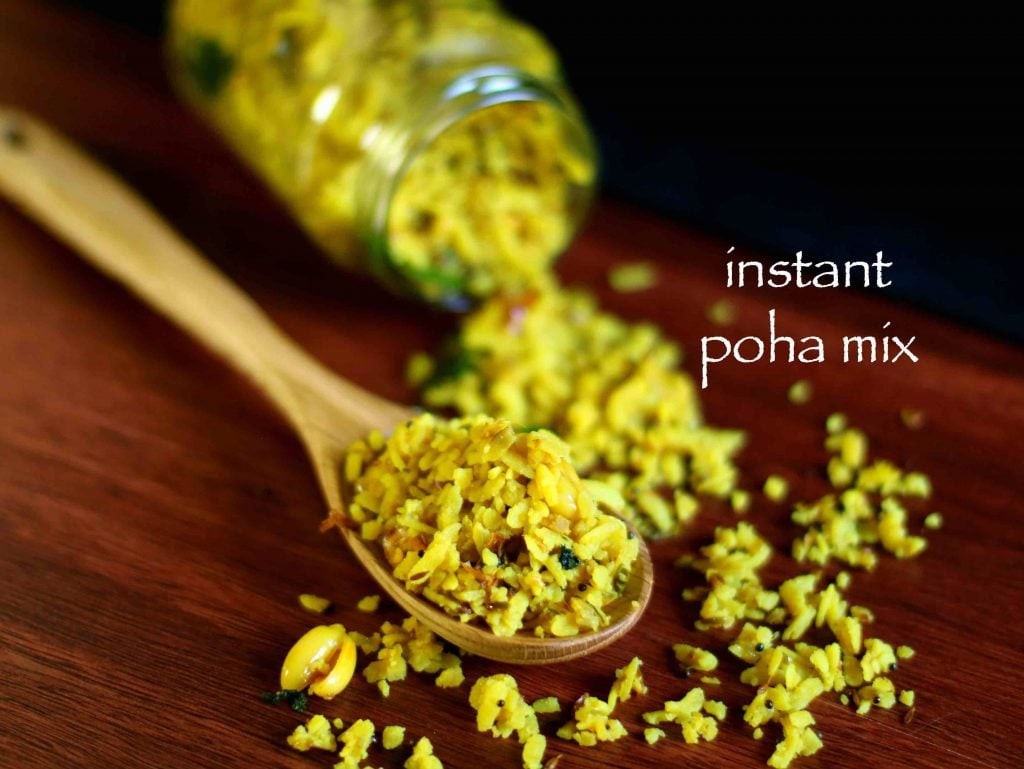 Dry Poha Mix Ingredients
Dry Poha Mix Ingredients
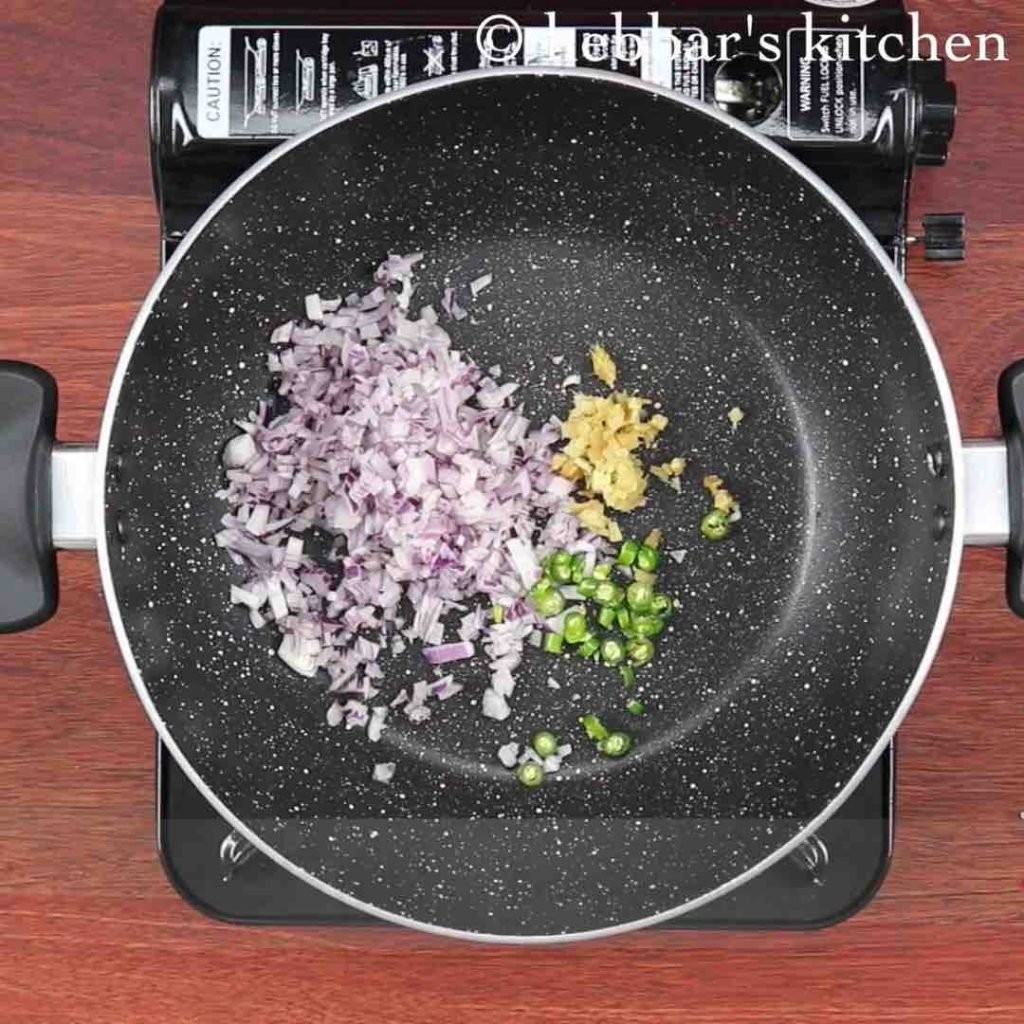 Roasting Onions for Poha
Roasting Onions for Poha
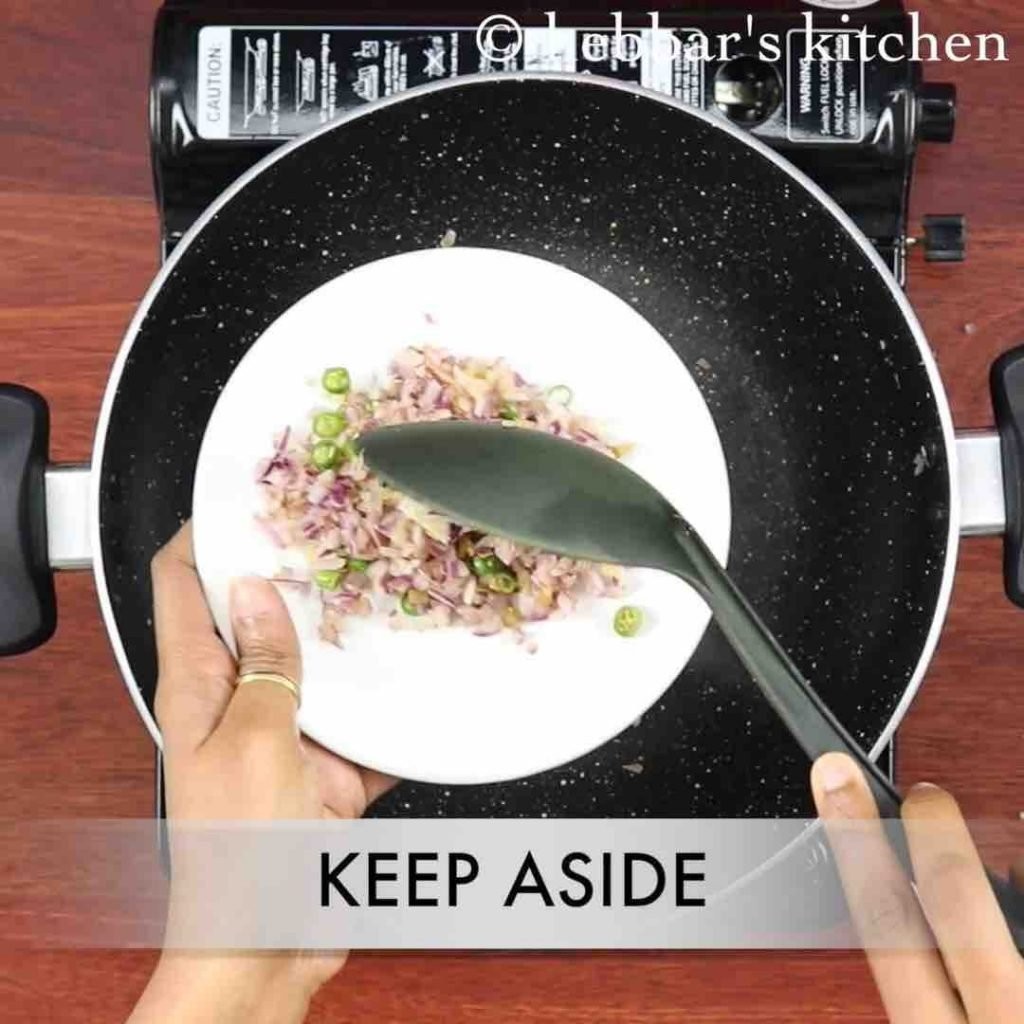 Dry Roasted Onions
Dry Roasted Onions
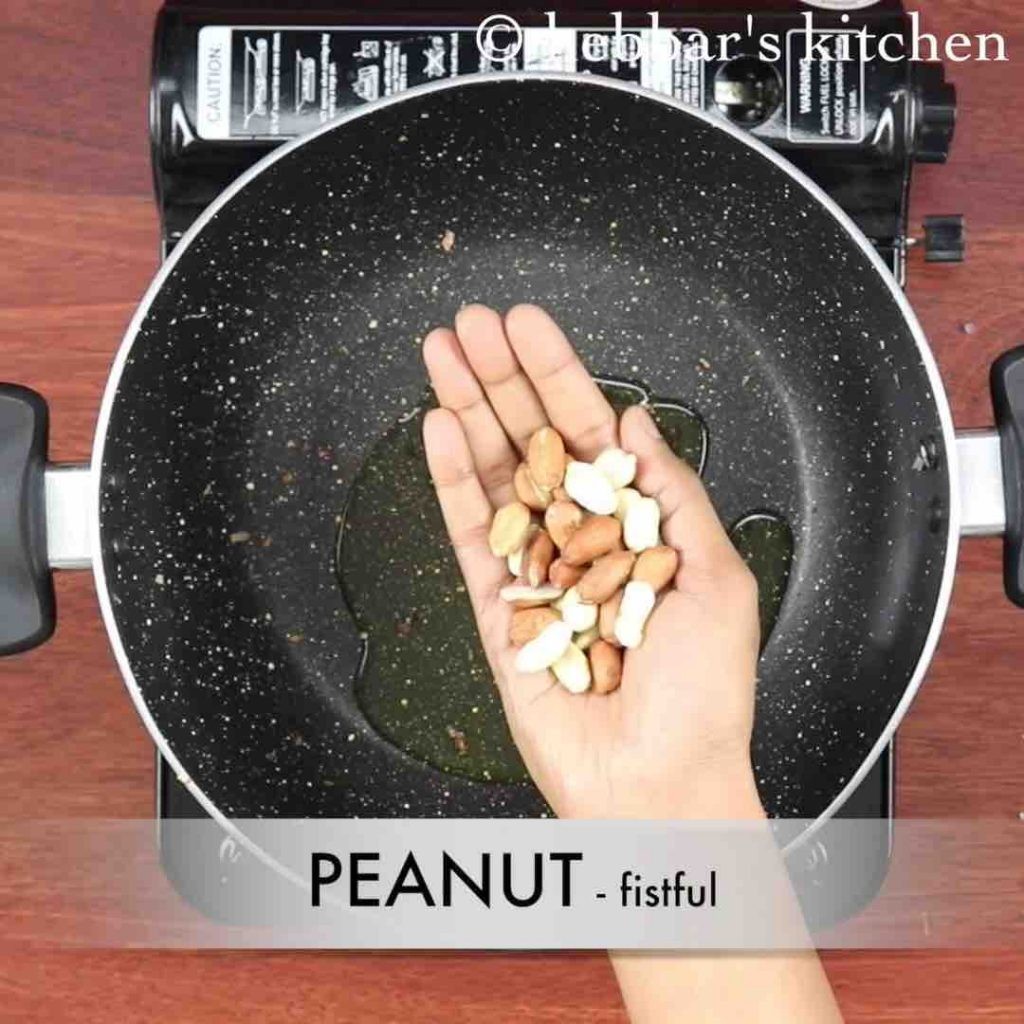 Roasting Peanuts for Poha
Roasting Peanuts for Poha
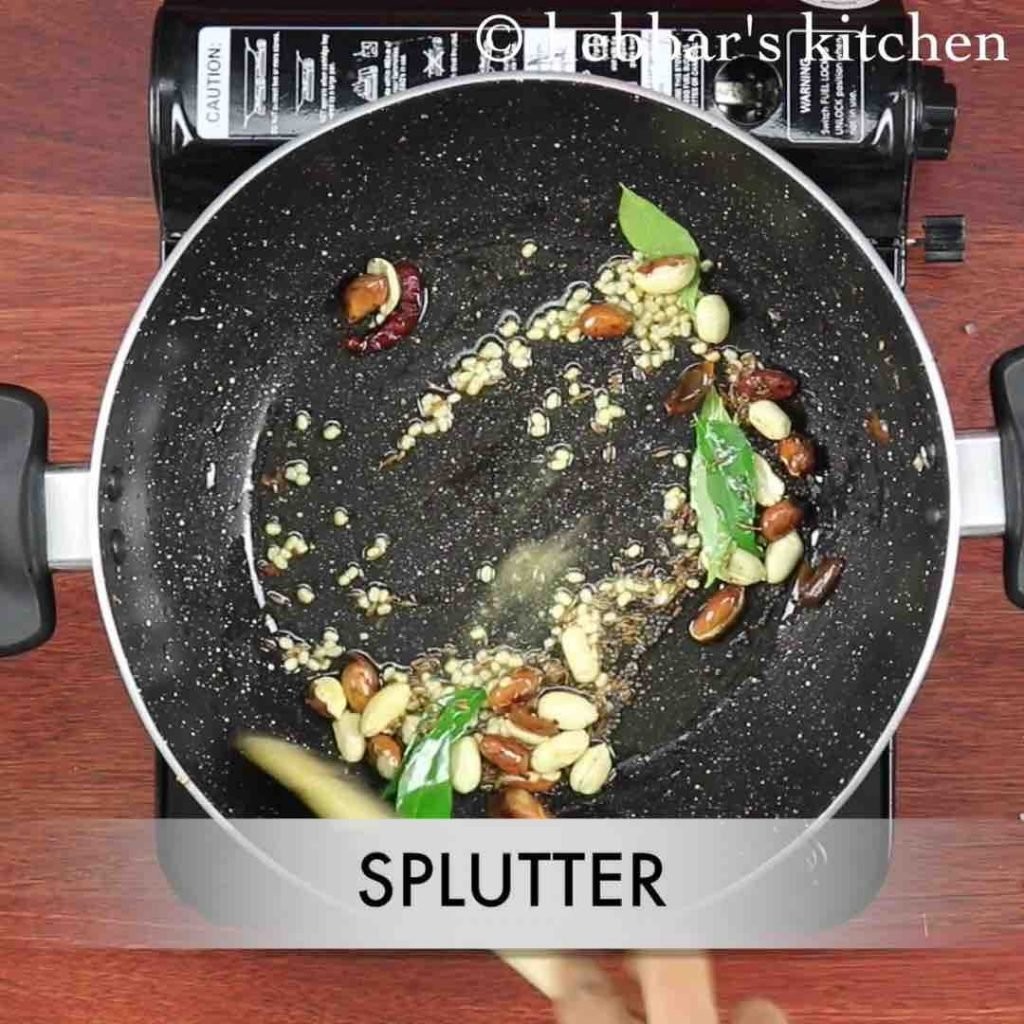 Tempering Spices for Poha
Tempering Spices for Poha
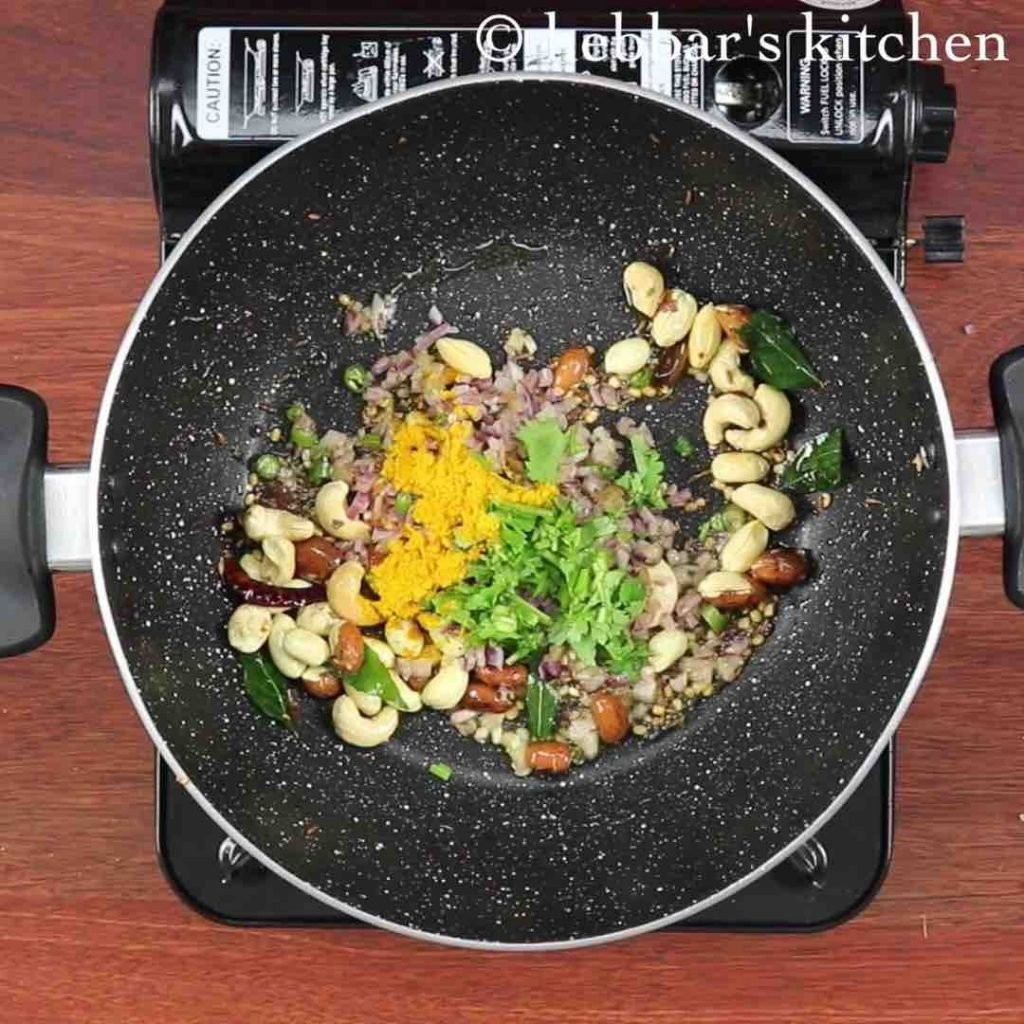 Adding Cashews and Spices
Adding Cashews and Spices
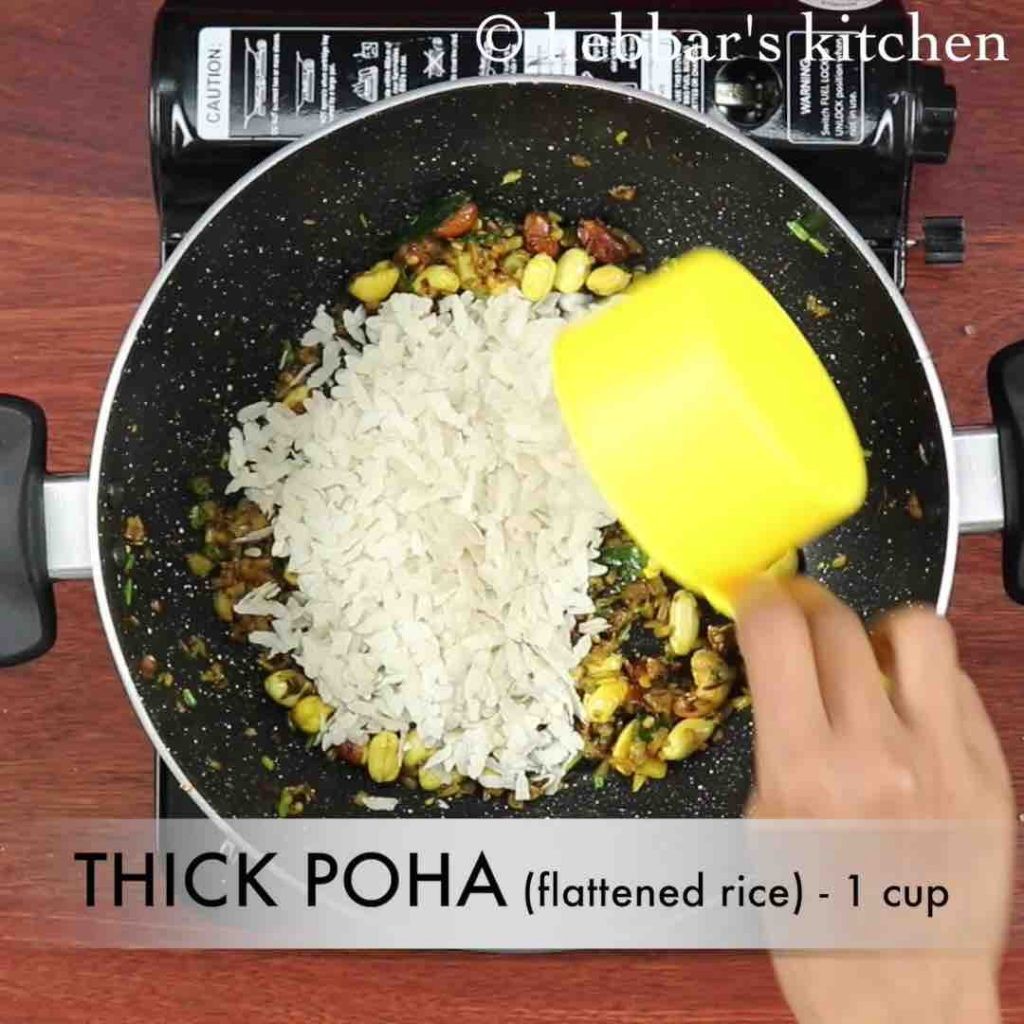 Dry Poha Being Added to Spices
Dry Poha Being Added to Spices
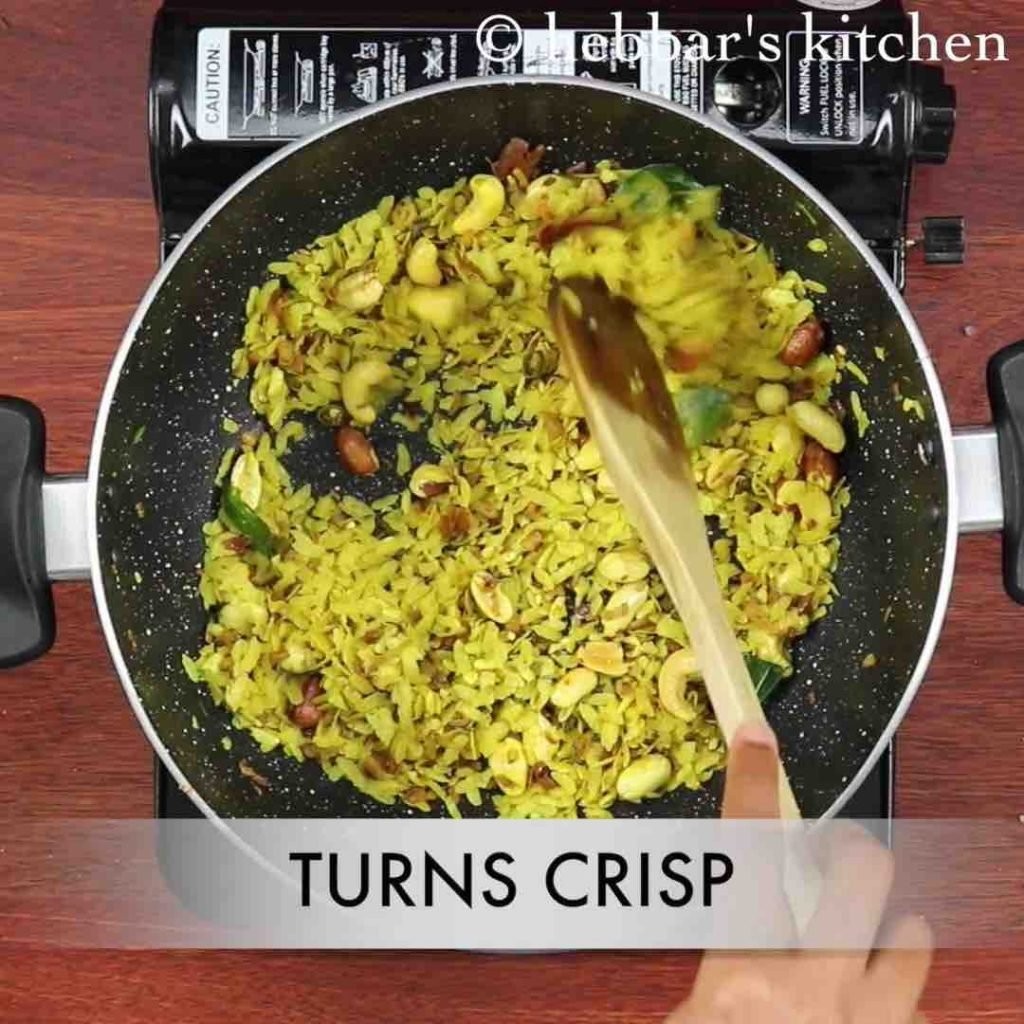 Dry Poha Mixture
Dry Poha Mixture
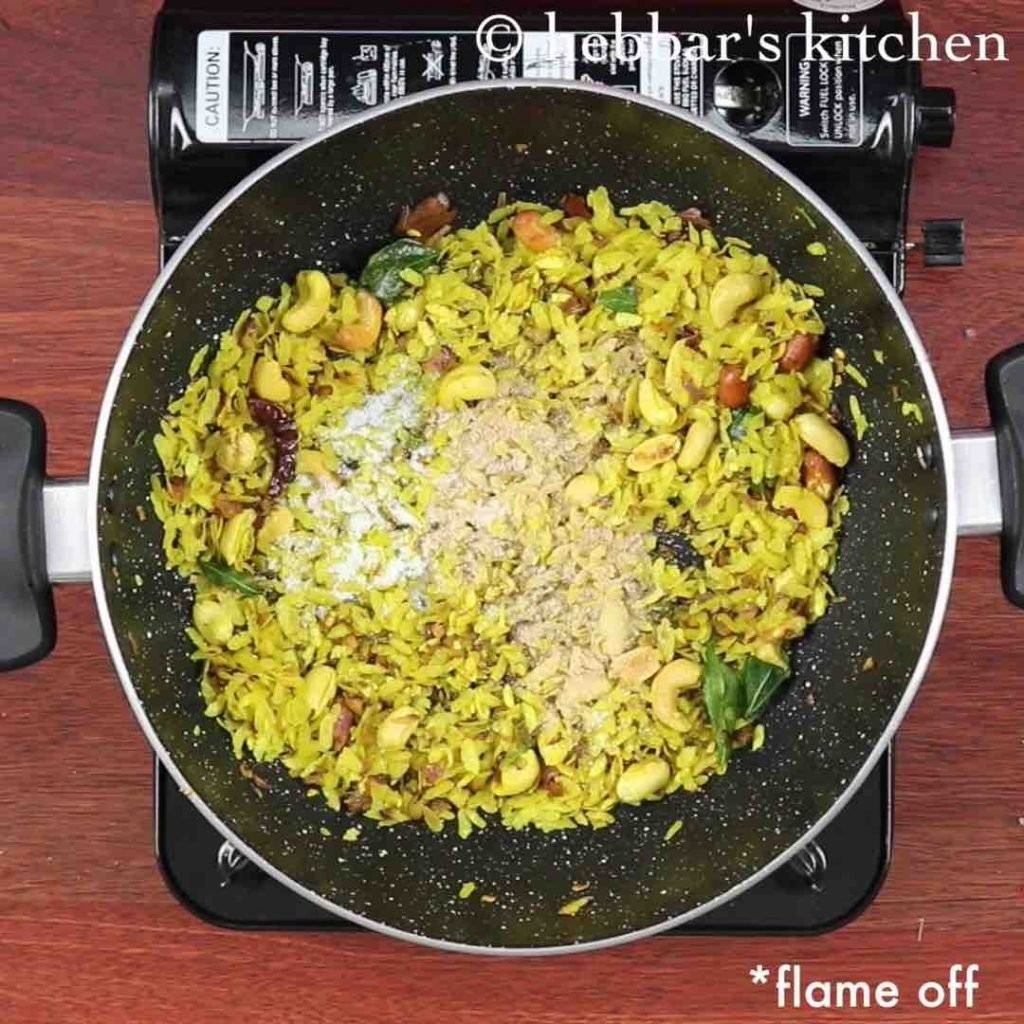 Adding Seasonings
Adding Seasonings
 Stored Poha Mix
Stored Poha Mix
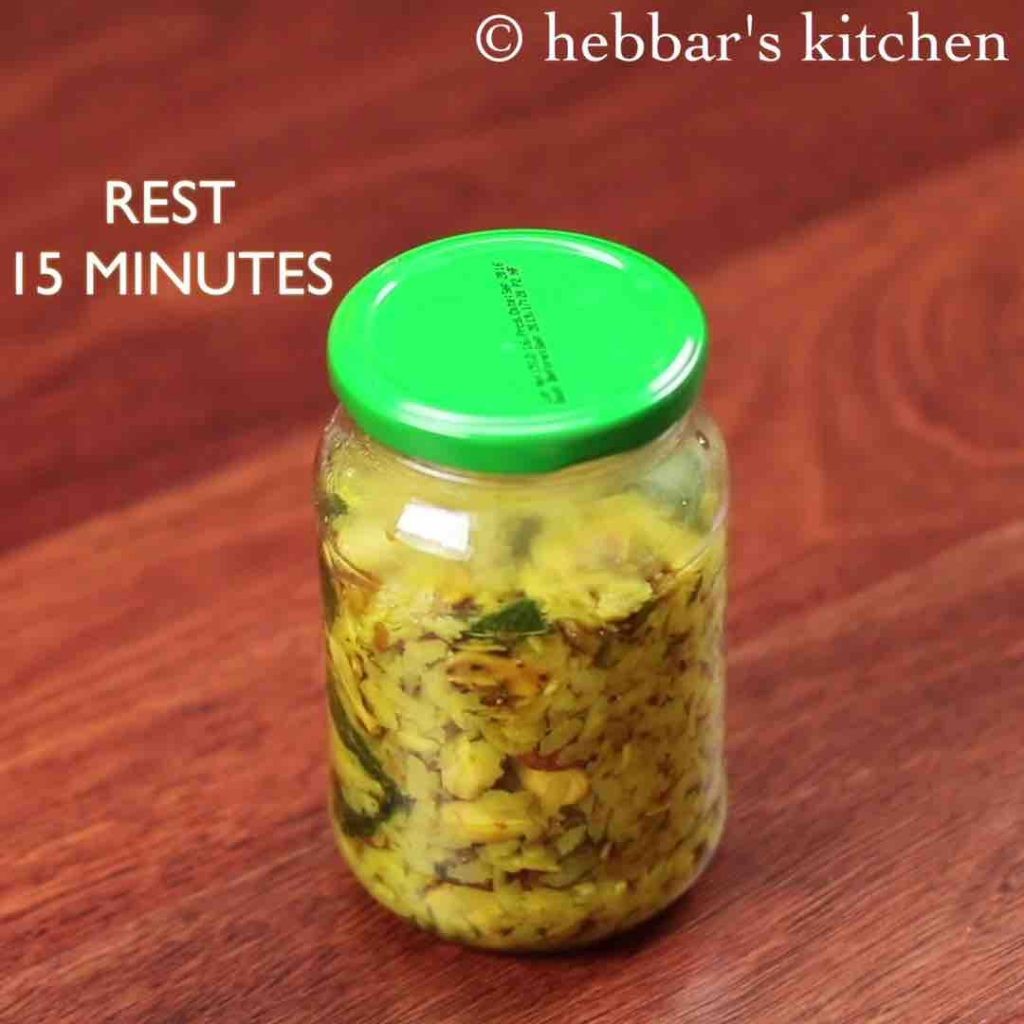 Rehydrating Poha
Rehydrating Poha



